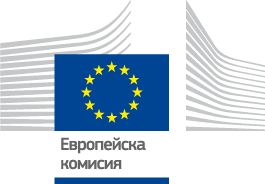

Cooperation MS Fiche
The 2003-2013 period in Sweden saw a number of exchange visits with FLAGs from other Member States, including exchanges that led to projects to introduce new approaches to other countries (such as the tanning of fish skin to make leather, which was introduced by the Swedes to Finland and subsequently to France). However, as the first period of local development in fisheries areas, few FLAGs actually implemented joint projects.
In 2014-2020, FLAG cooperation is not mandatory in Sweden, but FLAGs had to indicate in their strategies how much funding they planned to allocate to it.
Some of the themes that particularly interest Swedish FLAGs include models of sustainable management of fish resources; environmental issues; and new markets for fisheries products. Another important issue for many Swedish FLAGs is also how to help fishermen deal with the damages of protected predators such as seals and cormorants and an initiative was launched in early 2017 to develop a joint project on this topic with FLAGs from around the Baltic.
Eleven of the 13 Swedish FLAGs have allocated a part of their budget to cooperation; these budgets, approximately €50 000 per FLAG on average, vary from under €23 000 to nearly €290 000. Just two FLAGs have not allocated any funding to cooperation because their budgets are very low, but they are in principle open to consider cooperation proposals and look for funding sources.
For any further information:
Support is available to cooperation by the National Rural Network and the CLLD coordination group at the national level: lokaltleddutveckling@jordbruksverket.se
The NRN is looking for methods to help FLAGs start cooperation projects. In particular, the possibility of having one or more coordinators at national or regional level is considered as a good way to support transnational cooperation by Leader LAGs and FLAGs. The aim is for each Swedish FLAG to be involved in at least one transnational cooperation project in this period.
| Country | |
|---|---|
| Theme | |
| Sea Basins |
|